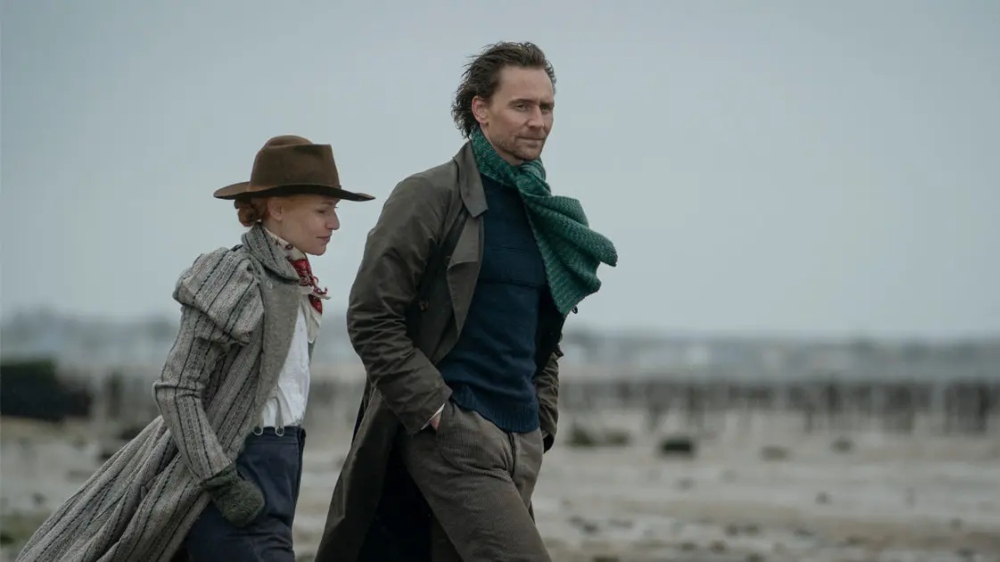
The gothic period drama The Essex Serpent is currently slithering — excuse me, streaming — on Apple TV+ and the adaptation of Sarah Perry‘s 2016 novel boasts significant star power between three-time Emmy winner Claire Danes (Homeland) and Marvel bad boy Tom Hiddleston (Loki).
Centering around the legend of a mythical serpent, the series follows a woman (Danes) who moves to the countryside of Essex to investigate a mysterious entity. Along the way, she meets a local pastor (Hiddleston), who has his own beliefs challenged by the prospect of this serpent.
The score, which hails from composers Dustin O’Halloran (an Oscar nominee for Lion) and Herdís Stefánsdóttir, perfectly matches the mysterious tone of the show and more than that, is among its standout elements. Every track varies from ominous sounds of danger to those that will transport you to the Essex countryside.
The composers are a real-life couple, and this is the first project that they’ve scored together. Continue reading to learn more about their first time working with each other and what they’ve learned from their experience on The Essex Serpent.
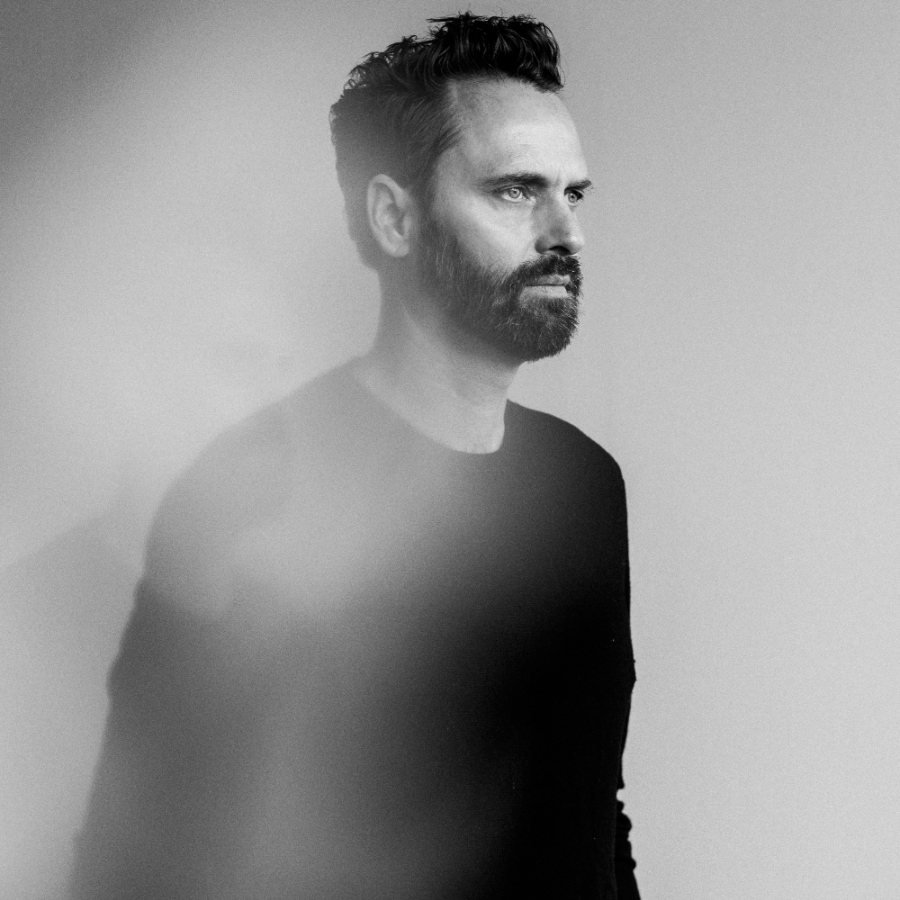
Below the Line: Can you both tell me a little bit about your musical journeys?
Herdís Stefánsdóttir: I was, like, 22 when I started writing music, when a lot of people are like five, you know? I never really thought that I was going to do music and I didn’t really know that I could write music until I started doing it. Then, one thing led to another and I applied to get into the Iceland Academy of the Arts, which has a classical composition program. That’s where I started and that’s also where I started to get interested in film music and collaborating. I started [by] doing a lot of music with dancers and did some short films and after that, I decided just to go full in and try it out.
I applied for a Master’s in film scoring at New York University, so I moved there and that’s actually where I met Jóhan [Jóhansson]. He had just been nominated for [an] Oscar for The Theory of Everything and was doing a screening and my teacher was like, ‘He’s Icelandic, you’re Icelandic, you should go say ‘hi’ to him.’ So I went [and] I was like, ‘Hi, I’m from Iceland, nice to meet you,’ and at the time, I was also living with his niece and I asked her, ‘Hey, do you know if he ever works with someone or has someone assist him?’ And she was like, ‘Here’s his email, why don’t you reach out to him?’
I was put in touch with Jóhan and I sent him my stuff, but he said that at the time, [he had] never had an intern. Maybe half a year later, I was going to Berlin and I wrote to him and was like, ‘Hey, Jóhan, you want to meet me for coffee?’ And he was just like, ‘Why don’t you just come work for me; can you start Monday?’ We never had that coffee, but I just started working in his studio. And that’s also where I met Dustin for the first time, but our paths didn’t cross until a couple of years later. I was still in Berlin, and again, I was working on my own music, doing some commercials and just barely getting by, doing jobs here and there, but I wanted to try to get more into the world of film. So my friend was like, ‘I know that Dustin’s in the trenches and he really needs help.’ So I emailed Dustin and he, like Jóhan, was like, ‘Can you come ASAP?’ So, I was working with Dustin and a couple of months later, [we] became a couple as well.
So that’s my story. I had a band and I was releasing my own music and record — I guess assisting Jóhan and Dustin gave me a lot of experience working on that. To try to make this short, I got my first feature film [South Mountain] when I was pregnant; so that was my entrance into the world of Hollywood.
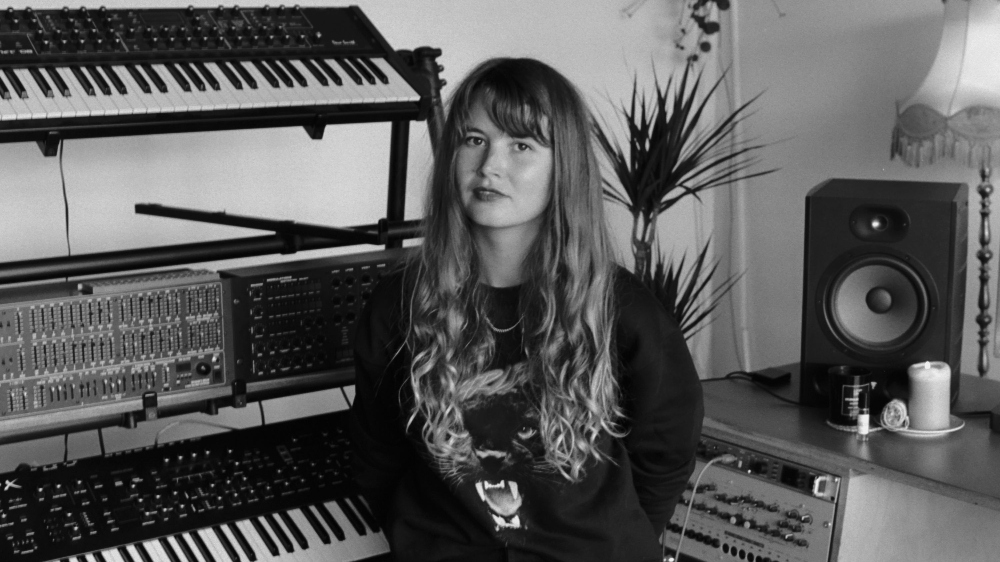
Dustin O’Halloran: I had a band for a long time. My early music years were playing in a band and touring DBX with the singer Sarah Love, and we wrote all the music together. And then I started working on some solo piano music and I was always interested in film music. I listened to a lot of old film music — it was always part of my inspiration — but it wasn’t something I was really trying to get into, per se. But when I released my first piano record, I got asked to write a couple pieces of music for Sofia Coppola‘s Marie Antoinette, and that kind of kicked things off [for me].
And then I did a couple films on my own, and I liked that after touring a lot. I liked the idea that I could sort of have a life that had a rhythm to it and still be making music and not be on the road so much. And I liked that every project was so different and you get challenged musically. But then I’ve always kept doing my own projects, making records. Jóhan [Jóhansson] is a big connection for us because he actually mixed one of my records, Lumiere, and produced it. We were great friends and we shared a studio in Berlin. But things just sort of kept evolving and I had another project doing A Victory for the Sullen (a music duo consisting of O’Halloran and Adam Wiltzie), which I’ve been doing for the last eight years. And that probably brought me back to touring. But it’s been good. I’ve sort of balancing a lot of different things. So the work, [between] A Victory for the Sullen and the film work, it’s kept me pretty busy, especially in the last 10 years. And then the film work just kept evolving and getting a bit deeper, but I’ve always loved collaborating. I collaborated a lot with Hauschka, a.k.a. Volker Bertelmann, we did four films together and I [also] did films on my own.
And then when The Essex Serpent came up, it was really nice because it was just a kind of a serendipitous project that was really well suited to both of us. And the director really loved her [Herdís’] music and loved mine and wanted to see how it would come together. It was just one of those projects that was really well suited to both of our aesthetics and how we approach things, but it was our first collaboration.
https://www.youtube.com/watch?v=u6zyX32JTyw
BTL: With this being your first musical collaboration as a couple, was it tougher than usual at any point?
O’Halloran: The thing that’s good for us is that we have our own studios and so we were able to go into our own space and work on things and then come back into the studio and work on things together. I think that was the key to making it work — especially when you have a home life, too.
But Herdís is a really strong writer and I think that when you’re writing more than three hours of music, it’s great to have somebody that brings a lot of new ideas and inspires you and we can bounce [ideas] off of each other. And in the last few years, she’s done a few big projects and had a lot of experience. I was really happy and proud of this score and how it came out.
BTL: If you had to name one strength that the other brings to the table, what would it be?<
Stefánsdóttir: I think Dustin is a fantastic melodic writer and I think he has a lot of emotional depth. He can really, really touch me with what and how he writes. And then he’s also a really good producer.
O’Halloran: I think Herdís is a really great writer. She tackles really unusual themes that are unexpected, but in very sticky and bold ways. And that’s great because sometimes, we all kind of tend to get into our own habitual ways of writing and she would do things that I would never think of that were really bold. So there were always things that would surprise me and, I think [that] is such a strength.
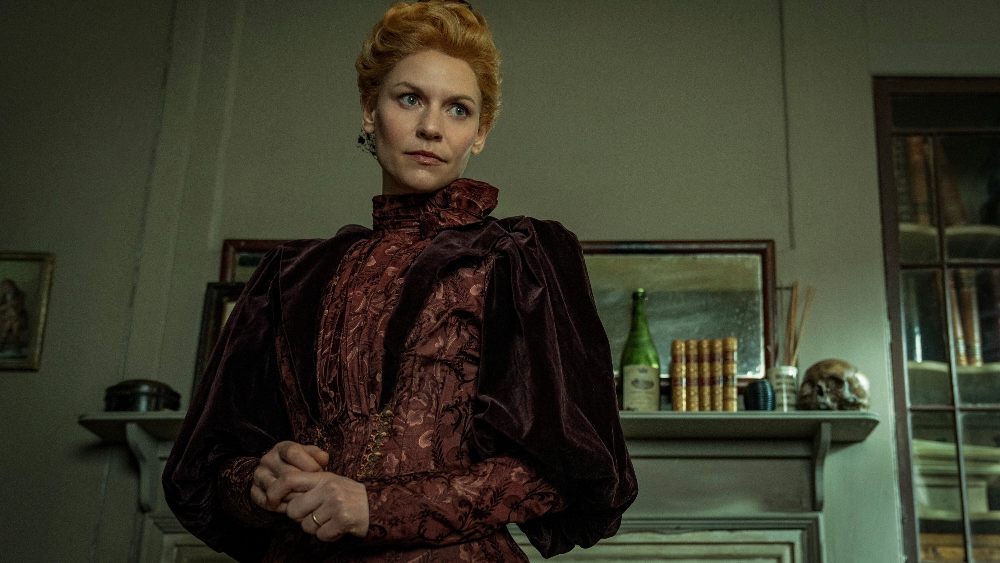
BTL: You may have a hard time answering this, but if each of you had to describe your score for The Essex Serpent in three words or less, what would they be?
O’Halloran: Yeah, the director [Clio Barnard] kept saying the score is so beguiling, which is a great word that I don’t use that much. I didn’t even know what it meant [laughs], but it does kind of capture the mood because there’s a darkness, but there’s [also] a lightness.
Stefánsdóttir: There are layers, in that love is very complicated. Love is so many emotions and I think that was the biggest struggle of the score; to capture the love without going ‘love is just romantic and beautiful and exciting,’ because it’s also hard and scary, [and even] sometimes depressing. And we had to find the core of all these emotions in this show.
O’Halloran: That’s more than three words [laughs], but yeah, it’s a tough score to just pigeonhole into, you know? There are a lot of layers in the story. There’s the mystery of the unknown, the tension and the seductiveness of what draws you towards the darkness, and what draws you towards the light.
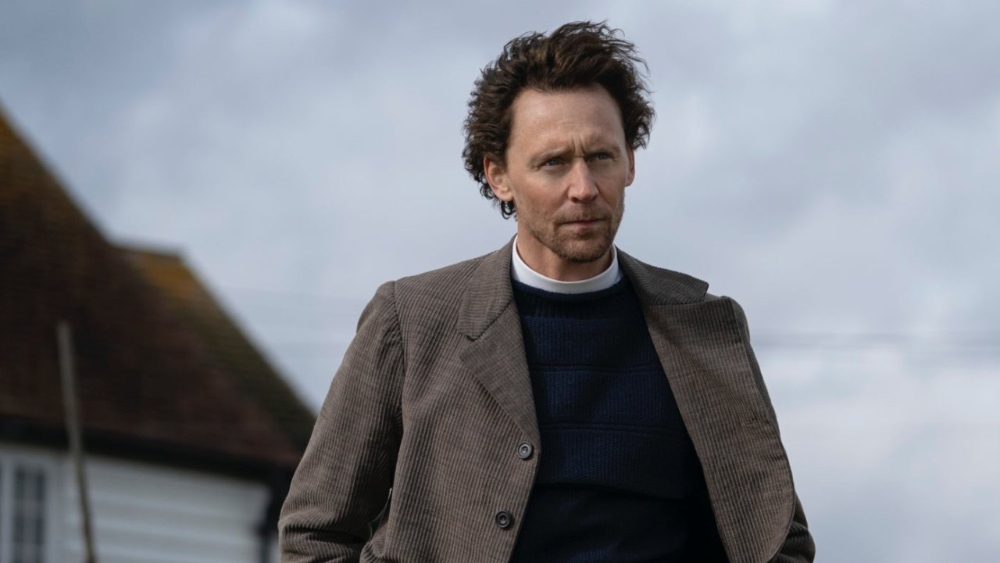
BTL: You seem to have a very thorough understanding of the motifs within the show, but being that there is a mystery in play here, how much of the show did you have to watch to gain an understanding of it before scoring it?
Stefánsdóttir: We had to dig around a lot, for sure. We had read the script and we had watched rough cuts of the first episodes, but it was definitely a path [to] understanding because it is a layered story.
BTL: I’ve read that it was a very emotionally complex score for the two of you, and I’m curious what made it so?
O’Halloran: Well, I think because the love story is very connected to the serpent — and I’m not going to give the story away — but there’s a lot of metaphors and there’s a lot of layers in the conflict. The complicated emotions [in] part of the story deals with science and religion and the complexity of love, and they mirror each other in a lot of ways.
There’s a bit of a love triangle in the story where it mirrors that sort of contrast of the other side. And those are complicated emotions because they’re not so straightforward and Clio, the director, if there was anything that she really directed us on, it was steering us away from anything too sweet and then trying to find a balance.
Stefánsdóttir: [And steering us away from] anything [that is] too straightforward, which can often happen. She always wanted to have more layers and more emotions. So it was like making a web of emotion and storytelling with the music and connecting everything together.
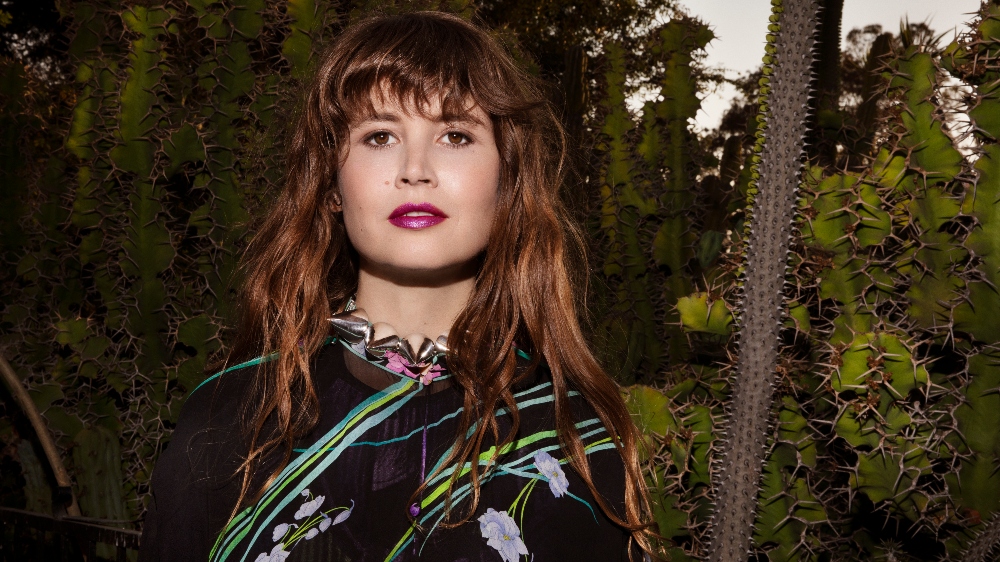
BTL: It’s amazing how each track of the score is so different. Was it difficult to not repeat yourself in a six-hour miniseries?
O’Halloran: You know, there’s some themes that do reoccur through the story [and] big themes that we reuse, but we couldn’t really use them too much either because it’s really a six-hour film. It’s not [like] an episodic television series, which works a bit differently. [They] created this long arc that evolves and brings you to a place that makes sense when you get there without giving [away] too much. That’s a big reason why the score evolves, because we had to constantly bring in new ideas that would help evolve the story as things got more complicated and give it those layers.
So much of the score is not just scoring the action or the drama, but also finding the layers of emotions in that as well. It was a very complicated score to wrangle and I’m really happy with how we were able to do it. Clio was a really, really generous director [and] gave us a lot of freedom and a lot of really good things to think about without kind of getting too [deep] into our work, which I think is the best place you can be — where you feel free to explore strange ideas.
BTL: I noticed that in some dialogue-heavy scenes, such as the ones with Tom Hiddleston’s family in the series, there is little to no score. Did you have to be careful not to overdo it with the score in those scenes?
Stefánsdóttir: I would say that’s the direction. We would never just put music somewhere. It’s like instinct [to] you as a composer; you feel when something needs some additional storytelling with music. But with how [The Essex Serpent] worked, we knew, [through] conversations with the director and the team, which scenes we should tackle with score and which we should leave out. Of course, there are always some [scenes] that you have to try out and maybe take it away.
O’Halloran: There were definitely scenes that were scored that Clio took away because she wanted to give more space to the conversation.
Stefánsdóttir: It’s also tricky when it gets too score-heavy, when there’s too much music [and] too much going on. It can also take something away from the story.
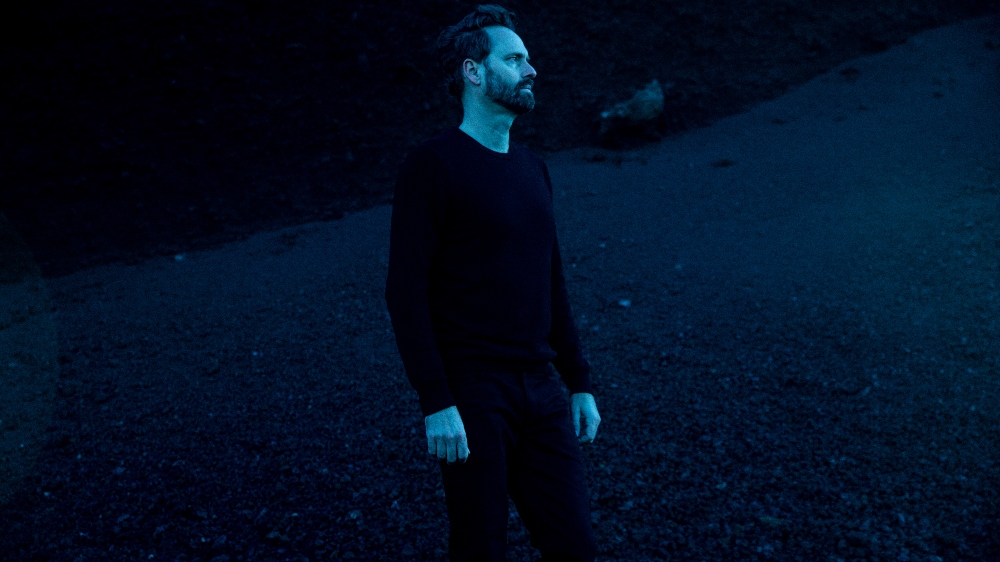
BTL: What are you guys most proud of with this project?
O’Halloran: For me, I like that it is a really emotionally-complex score and there was a lot of space to do big ideas, which is great. Clio left a lot of space for music and we were able to push things to be really dynamic, which is fun to do.
Stefánsdóttir: I think we were just in collaboration, able to both write themes and music that I just really like, because you know, it’s not [the case with] all projects that you’re able to write music that you love.
O’Halloran: Adding to that, I think that we put a lot of detail in the way it was recorded and how we approached the recording, which was very textural and a lot of close-miking and a lot of things that I think helped add a sonic imprint. And those are things that we both really love doing and we enjoy, and that’s a whole another part. You can take the same piece of music and record it with an ensemble, and then you can do a layered version with just cello. And [while] it’s the same piece of music, it resonates completely differently. And we actually did that; we did some recording with a quintet, [a] sort of classical style, and then we did another version where we recorded all the same parts, but with just the cello and the cello playing high. And that was the one that Clio liked most and it was the one that fit into the picture.
BTL: Do you two have any other future projects you plan to co-compose together?
Stefánsdóttir: We’re both working on our own projects and like separate film projects.
BTL: Is there anything from this first experience working together that you’ve learned that may be applied to the next one?
Stefánsdóttir: I think we definitely did learn a lot and I think if we would collaborate again, it would be interesting to do something completely different.
We’re different composers and we have very different strengths and I think it’s interesting. Like, I might be more in the electronic [music scene], so I think it’s interesting when you also step a little bit out of your comfort zone and can learn a lot from your partner.
And I think we both did that in this project, because you get inspired by what your partner’s doing and you can get deep into it. It’s a great way of learning. Good collaborations are inspiring.
The first four episodes of The Essex Serpent are now streaming on Apple TV+.





